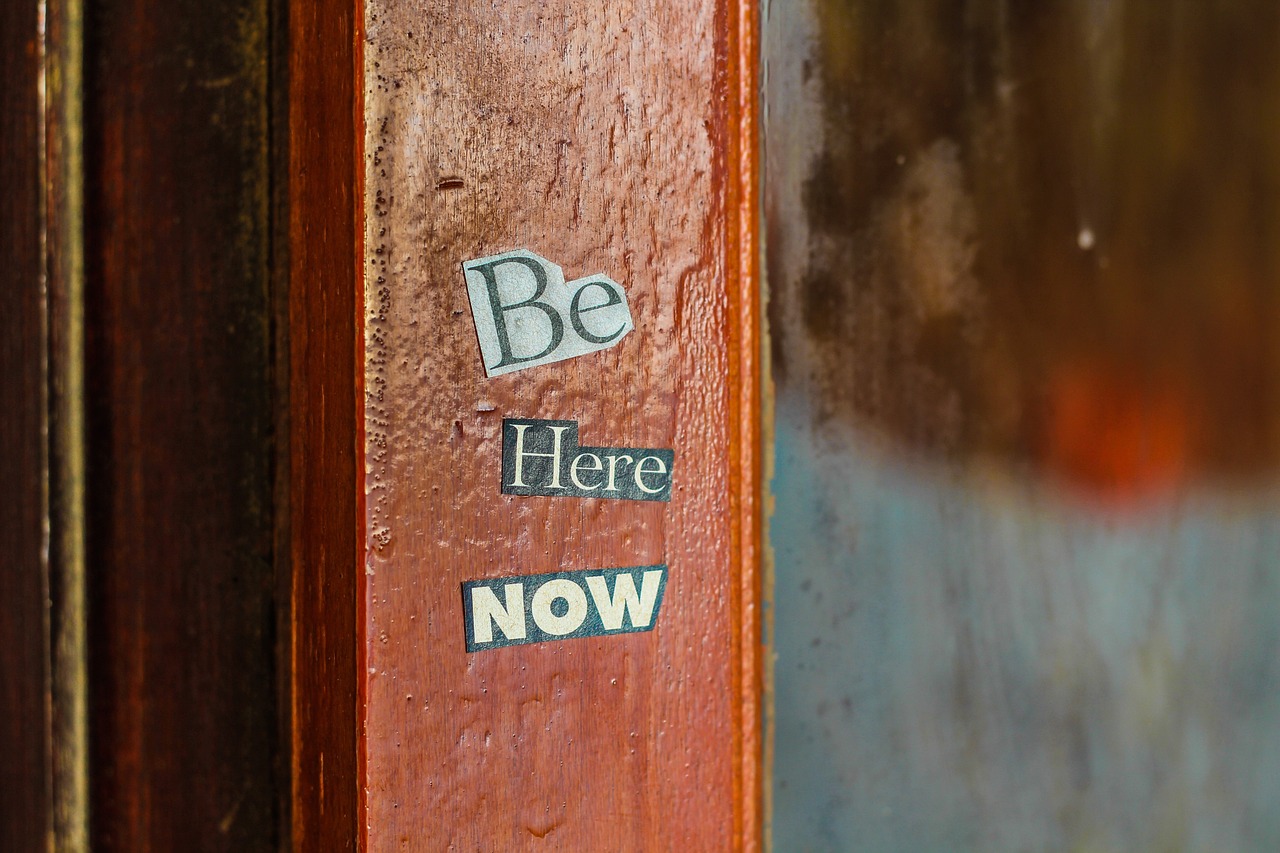You’re standing on the edge of a turbulent ocean of emotions— anxiety, anger, sadness—ready to sink you in its waves. Fear not because grounding is your sturdy lifeboat, your trusty anchor in this stormy sea of feelings.
So, what’s this grounding thing all about?
It’s like having a toolbox full of strategies to keep those overwhelming emotions at bay. It’s about finding ways to distract yourself from the chaos inside your mind and steer yourself back to calmer waters.
Think of it as your mental escape plan, your emergency exit when things get too intense. Grounding is about finding your center, creating a haven within yourself, and giving yourself the space to breathe amidst the whirlwind of emotions.
Sometimes, grounding might mean finding something to focus on, like the steady rhythm of your breath or the sensation of your feet firmly planted on the ground.
Other times, it could be immersing yourself in a hobby or activity that brings you joy and helps you forget about the turmoil brewing inside.
And let’s not forget about healthy detachment—knowing when to step back and give yourself some distance from the intensity of what you’re feeling. It’s like taking a step back to admire a painting from a distance, allowing yourself to see the bigger picture without getting lost in the details.
When you’re feeling like a weary traveler navigating through a dense forest, remember that grounding is your compass, guiding you back to the present moment, where you can find peace amidst the chaos.
GROUNDING TECHNIQUES FOR DIFFERENT SITUATIONS

Let’s dive into the world of grounding techniques—your trusty tools for pulling yourself back into the here and now when life spirals out of control.
You’re feeling anxious and stressed like the world’s weight is pressing down on your shoulders. But fear not, because mental and physical grounding techniques are here to rescue you from the clutches of overwhelming emotions.
MENTAL GROUNDING

This technique is all about harnessing the power of your mind to reel yourself back from the brink of panic. It’s like giving your brain a gentle nudge, redirecting its focus away from the chaos and towards something more manageable.
It’s like hitting the pause button on your racing mind and bringing your focus back to the here and now. It’s about shifting your attention away from the whirlwind of worries and redirecting it towards something concrete and tangible.
There are many ways to practice mental grounding, from simple techniques like describing your surroundings in vivid detail to more structured exercises like counting. It’s all about finding what works best for you and helps to calm the storm brewing inside your mind.
The science behind mental grounding is fascinating—it’s all about tricking your brain into focusing on something other than the anxiety-inducing thoughts swirling around inside your head. By immersing yourself in the details of your surroundings or diving into cherished memories, you’re essentially giving your brain a much-needed break from the endless cycle of worry and stress.
Now, let’s talk about a few popular mental grounding techniques that you can try out for yourself:
- The 5-4-3-2-1 technique: This one’s like a mental countdown to serenity. Simply start by taking a deep breath and then slowly count down from 5 to 1, while focusing on your breathing with each count. It’s a quick and effective way to calm your mind and bring yourself back to the present moment.
- The three breaths technique: Feeling overwhelmed? Take a cue from this simple yet powerful technique. Take three deep breaths, focusing all your attention on the sensation of the air filling your lungs and then slowly leaving your body. It’s amazing how something as basic as breathing can help ground you in the here and now.
- The “What’s happening?” technique: When your thoughts are spiraling out of control, this technique can be a game-changer. Simply pause for a moment and ask yourself, “What’s happening right now?” or “What am I doing?” It’s a gentle reminder to shift your focus away from your racing thoughts and back to the present moment.
PHYSICAL GROUNDING

Physical grounding is all about engaging your senses and reconnecting with the physical world around you. It’s like pressing the reset button on your body, reminding yourself that you’re here, you’re real, and you’re capable of weathering whatever storm comes your way.
Whether it’s feeling the texture of a smooth stone in your hand, savoring the taste of a comforting cup of tea, or taking a brisk walk out in nature, physical grounding is like plugging yourself back into the present moment, one sense at a time.
The following are some simple, yet effective, physical grounding techniques that you can incorporate into your daily routine:
- The grounding sheet: This technique is a godsend for those restless nights plagued by anxiety and stress. Simply use a grounding sheet—a specially designed bed sheet that connects you to the earth’s natural energy—to help calm your mind and promote restful sleep.
- Furniture as grounding: Ever thought of using your surroundings as a tool for grounding? Next time you’re feeling overwhelmed, try this: Sit in a chair with your feet firmly planted on the ground, eyes closed, and focus on your breath. Visualize your energy flowing from the crown of your head down through your body, like roots sinking into the earth. It’s a simple yet powerful way to reconnect with the present moment and find stability amidst the chaos.
- “Earthing” technique: Need to clear out and stabilize your root chakra? Look no further than the “earthing” technique. Kick off your shoes and step barefoot onto the earth, visualizing roots extending from the soles of your feet and anchoring you firmly to the ground. It’s like tapping into the earth’s energy and allowing it to wash away your worries, leaving you feeling grounded and centered.
- Personal object grounding: Sometimes, all it takes is a familiar object to bring us back to the present moment. Whether it’s a cherished crystal, a sentimental button, or any item with strong emotional significance, holding it in your hand can serve as a powerful reminder of the here and now. Allow yourself to fully immerse in the sensory experience of touching the object, letting it anchor you in the present and soothe your troubled mind.
Whether you’re struggling to find peace amidst the chaos of daily life or seeking refuge from the storm of emotions, these grounding techniques offer a beacon of hope, helping you find solace in the present moment. Give them a try and discover the transformative power of reconnecting with the world around you.
THE TAKEAWAY
Grounding techniques offer invaluable tools for finding peace and stability amidst life’s challenges. Whether through mental grounding, physical grounding, or exploring additional resources, there are countless ways to cultivate a sense of presence and calm in your daily life.
To integrate grounding into your routine, consider the following action steps:
- Experiment with different grounding techniques: Explore various mental and physical grounding exercises to discover what resonates most with you. Whether it’s deep breathing, mindfulness meditation, or sensory grounding, find what helps you feel anchored in the present moment.
- Make grounding a regular practice: Incorporate grounding exercises into your daily routine, not just when you’re feeling overwhelmed. Consistency is key to building resilience and reducing the impact of stress and anxiety over time.
- Utilize available resources: Take advantage of free meditation resources, mindfulness apps, and other grounding tools to support your mental health journey. From guided meditations to professional support, there are resources available to help you navigate life’s challenges with greater ease.
- Seek professional support if needed: If you find yourself struggling to cope with overwhelming emotions or if grounding techniques alone aren’t enough, don’t hesitate to reach out to a therapist, counselor, or mental health professional for support. They can provide personalized guidance and support to help you develop effective coping strategies and navigate life’s ups and downs.
By taking proactive steps to prioritize your mental health and well-being, you can cultivate a sense of grounding and resilience that will serve you well in all aspects of life. Remember, you deserve to feel anchored and at peace, even amid life’s storms.



Leave a Reply